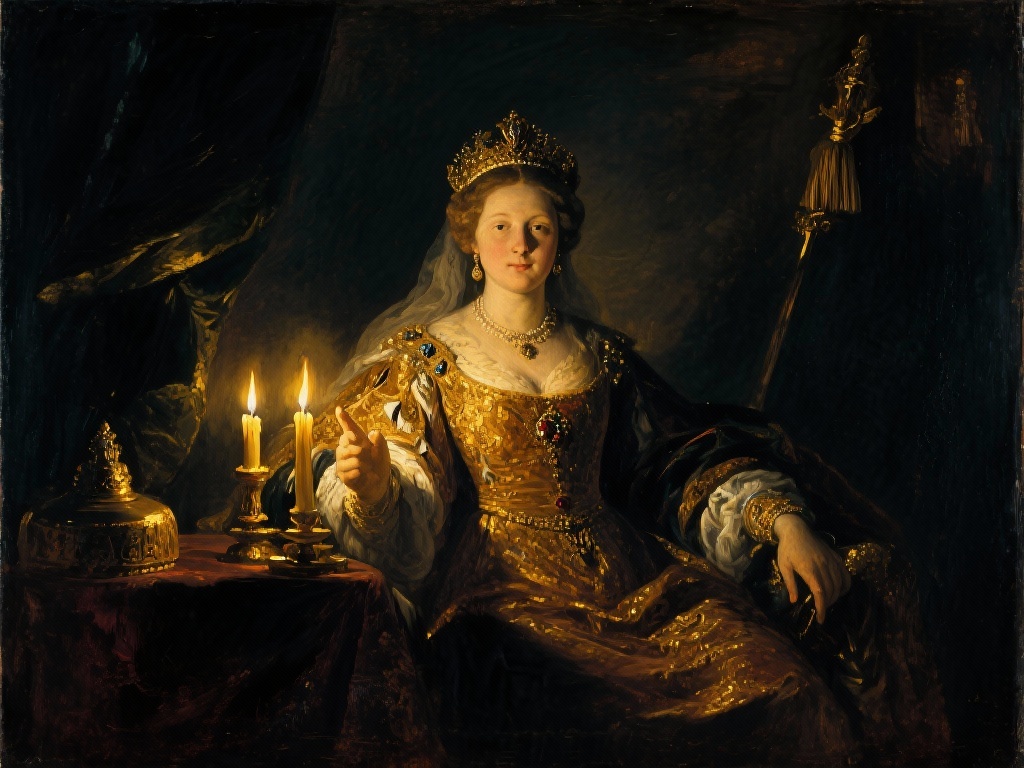Mary I Tudor made history as England’s first crowned queen regnant, but her five-year reign would forever be remembered for the religious persecution that earned her the infamous nickname “Bloody Mary.” Born to Henry VIII and Catherine of Aragon in 1516, Mary fought her way to the throne against Protestant opposition and spent her reign attempting to restore Catholic authority to England through increasingly brutal means.
During her tumultuous rule from 1553 to 1558, Mary I oversaw the execution of approximately 280-300 Protestant martyrs who were burned at the stake for refusing to renounce their faith. Her marriage to Philip II of Spain brought foreign influence that many English subjects resented, while two phantom pregnancies created succession crises that shook the kingdom. Though she successfully claimed her rightful throne and established the precedent for female rule, Mary’s legacy remains dominated by the religious persecution that defined her reign and ultimately failed to permanently restore Catholicism to England.
How Mary Tudor Claimed the English Throne
Mary’s path to power wasn’t guaranteed, despite being Henry VIII’s eldest child. When her half-brother Edward VI died in July 1553, Protestant nobles attempted to bypass Mary’s claim by placing Lady Jane Grey on the throne instead. However, Mary had legitimate authority through both parliamentary decree and her father’s will, which had restored her to the line of succession in 1544.
The Nine-Day Queen Crisis
Lady Jane Grey’s brief reign lasted exactly nine days before Mary’s forces overwhelmed the Protestant establishment. Jane, a Protestant great-niece of Henry VIII, had been hastily crowned after Edward VI’s death as part of a plot by the Duke of Northumberland to maintain Protestant rule. But Jane lacked popular support, and many viewed her claim as illegitimate since it bypassed both Mary and Elizabeth, Henry’s acknowledged daughters.
Mary quickly mobilized supporters across East Anglia and the Midlands, demonstrating that religious considerations alone wouldn’t determine England’s ruler. Many Catholics and moderate Protestants alike recognized Mary’s superior hereditary claim, regardless of their religious preferences.
Popular Support and Military Victory
By July 13, 1553, Mary had assembled approximately 6,000 armed supporters who believed in her legitimate right to rule. Her decisive military victory came not just from Catholic backing, but from English subjects who respected the traditional succession laws. Even some Protestant nobles abandoned Jane Grey’s cause once they realized Mary commanded overwhelming popular support.
The speed of Mary’s triumph surprised many observers who had assumed England’s Protestant establishment would successfully resist a Catholic claimant. Instead, Mary’s victory established that hereditary legitimacy could override religious considerations when claiming the English throne.
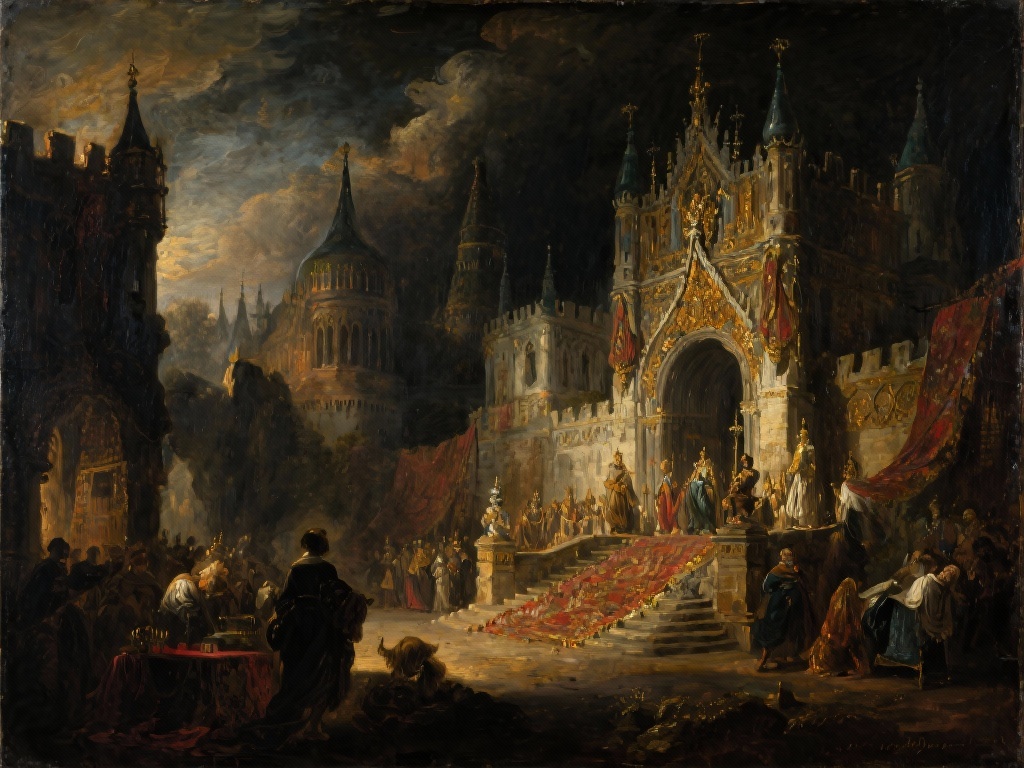
Mary’s Marriage to Philip of Spain
Perhaps no decision during Mary’s reign proved more controversial than her choice to marry Philip II of Spain in July 1554. This union brought Spanish influence into English politics at a time when many subjects already feared foreign Catholic interference in their affairs.
Wyatt’s Rebellion and Protestant Opposition
The mere announcement of Mary’s marriage plans triggered Wyatt’s Rebellion in early 1554, when Sir Thomas Wyatt led approximately 4,000 men toward London to prevent the Spanish alliance. Protestant leaders feared that Philip’s influence would complete England’s Catholic transformation and potentially subordinate English interests to Spanish imperial ambitions.
Though Mary’s forces successfully crushed the rebellion, Wyatt’s uprising demonstrated the deep anxiety many English subjects felt about foreign Catholic influence. The rebellion’s scale showed that opposition to Mary’s policies extended beyond religious considerations to include concerns about national sovereignty and independence.
Spanish Influence on English Politics
Philip’s presence in England brought exactly the foreign interference that rebels had feared. Spanish advisors gained influence over English foreign policy, and England found itself drawn into Philip’s continental conflicts. The marriage also excluded England from lucrative New World trade opportunities, as Spanish colonial policies restricted access to American markets.
However, the marriage did provide Mary with valuable diplomatic support for her Catholic restoration efforts. Philip’s international influence helped legitimize Mary’s religious policies among European Catholic powers, even as it alienated many of her English subjects.
The Phantom Pregnancies That Shook the Kingdom
Mary’s two false pregnancies created some of the most dramatic moments of her reign, with political implications that extended far beyond personal disappointment. These phantom pregnancies highlighted the urgent succession crisis that haunted Mary’s entire rule.
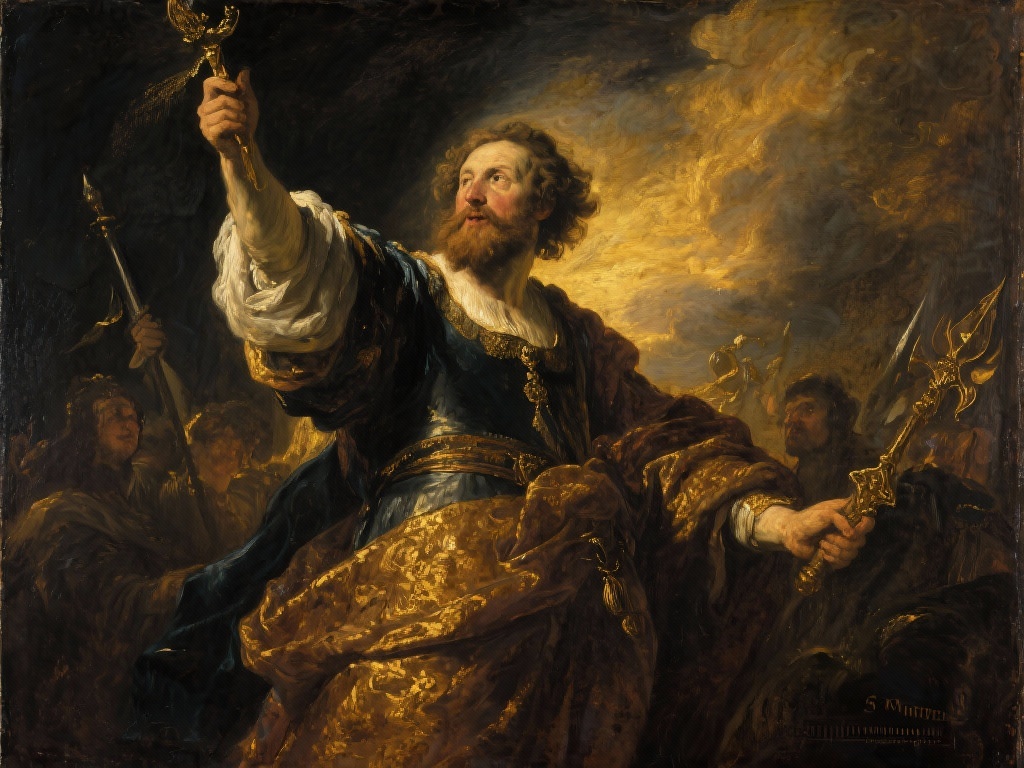
The First Pregnancy Crisis of 1554
Mary’s first phantom pregnancy began shortly after her marriage to Philip and lasted over nine months, creating widespread confusion about the succession. Parliament even passed the Treason Act of 1554, designating Philip as regent if Mary died in childbirth. Court physicians and foreign ambassadors reported Mary’s symptoms, and preparations were made for a royal birth that never came.
The psychological impact on Mary was devastating, but the political consequences were equally significant. The false pregnancy raised questions about Mary’s ability to provide the Catholic heir that would secure her religious restoration permanently.
Succession Anxiety and the Second False Pregnancy
Mary’s second phantom pregnancy occurred during 1557-1558, as her health was already declining and time was running out for her to produce an heir. This second false pregnancy coincided with increasing military and economic pressures, including the loss of Calais and mounting debt.
The succession anxiety created by these phantom pregnancies ultimately worked against Mary’s long-term goals. Without a Catholic heir, her Protestant half-sister Elizabeth remained next in line, virtually guaranteeing that Mary’s religious restoration would be reversed after her death.
The Marian Persecutions and Protestant Martyrs
The religious persecution that earned Mary her “Bloody Mary” nickname remains the defining aspect of her reign. Her systematic campaign against Protestant “heretics” shocked even contemporary observers with its scale and brutality.
Statistics and Methods of Persecution
Between 1555 and 1558, approximately 280-300 Protestant men, women, and children were burned at the stake for refusing to recant their religious beliefs. Among these victims were 56 women, highlighting how Mary’s persecution targeted ordinary believers alongside prominent religious leaders. Smithfield became notorious for the “Fires of Smithfield,” where many executions took place in full public view.
The persecution intensified over time, with 1557-1558 seeing the highest number of executions as Mary’s regime grew more desperate to crush Protestant resistance. Unlike previous religious persecution in England, Mary’s campaign targeted not just clergy but ordinary laypeople who refused to embrace Catholicism.
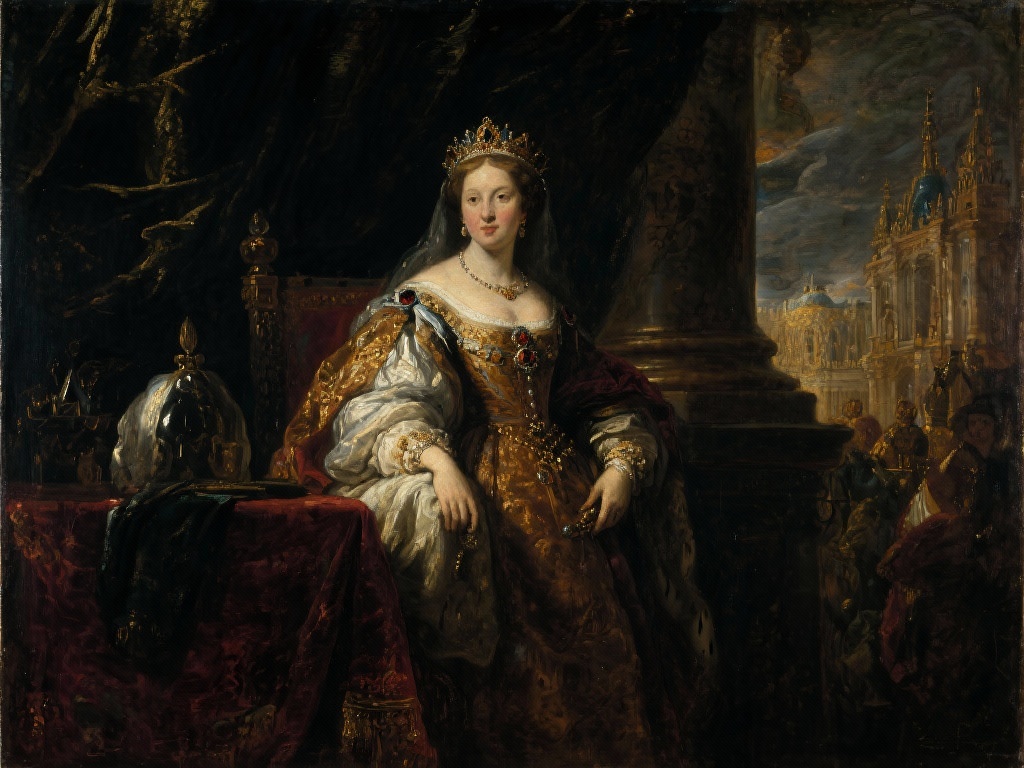
Notable Martyrs and Their Stories
Thomas Cranmer, the former Archbishop of Canterbury who had annulled Mary’s parents’ marriage, became the most prominent victim of Mary’s persecution. His execution in 1556 demonstrated Mary’s determination to eliminate the architects of English Protestantism, regardless of their former positions or influence.
Other notable martyrs included Hugh Latimer and Nicholas Ridley, prominent Protestant reformers whose deaths created powerful martyrdom narratives that actually strengthened Protestant resistance. Rather than deterring religious dissent, these high-profile executions often inspired greater defiance among Protestant believers.
Economic Crisis and the Loss of Calais
Mary’s reign coincided with severe economic challenges that her policies often worsened rather than resolved. The combination of military expenses, religious upheaval, and foreign entanglements created a financial crisis that plagued her entire rule.
Financial Mismanagement and Military Costs
Mary inherited what historians call the “mid-Tudor crisis,” with England already facing significant debt from previous military campaigns. However, her marriage to Philip drew England into expensive continental conflicts that drained the treasury further. By 1558, England faced debts of £266,000, a staggering sum for the time.
The economic costs of religious persecution also mounted, as the campaign against Protestant “heretics” required significant administrative and judicial resources. Meanwhile, religious uncertainty discouraged trade and investment, weakening England’s economic foundation.
The Fall of Calais and Its Consequences
The loss of Calais to French forces in January 1558 represented both a military disaster and an economic catastrophe. Calais had been England’s last continental possession and a crucial link to European trade networks. Its fall ended over two centuries of English presence in France and damaged important commercial relationships.
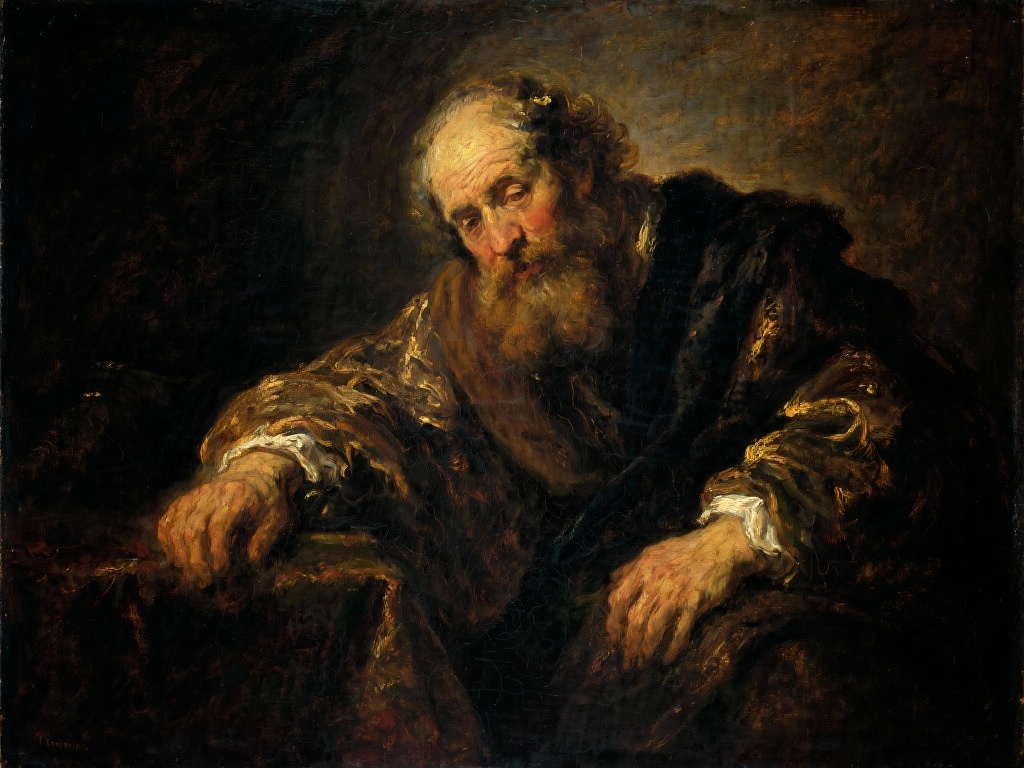
Mary reportedly said that when she died, “Calais” would be found written on her heart, demonstrating how deeply this loss affected her personally. The defeat also undermined confidence in Mary’s military leadership and highlighted the costs of her Spanish alliance, which had drawn England into Philip’s wars.
Mary’s Death and Historical Legacy
Mary I died on November 17, 1558, at St. James’s Palace, ending five years of religious and political turmoil. She died childless, ensuring that her Protestant half-sister Elizabeth would inherit the throne and reverse her Catholic restoration.
The End of Catholic Restoration
Mary’s death marked the definitive end of England’s brief return to Catholicism. Elizabeth I’s peaceful succession demonstrated that Mary’s persecution had failed to eliminate Protestant beliefs among the English people. Instead, the brutality of Mary’s campaign had strengthened Protestant resolve and created powerful martyrdom narratives that would influence English religious identity for generations.
How History Remembers Bloody Mary
History has not been kind to Mary I Tudor, largely due to the scale and brutality of her religious persecution. While modern historians acknowledge her significance as England’s first crowned queen regnant and recognize the complex challenges she faced, the “Bloody Mary” nickname continues to dominate popular memory of her reign.
Recent scholarship has attempted to provide more nuanced assessments of Mary’s rule, highlighting her administrative achievements and the legitimate basis for her religious policies within the context of 16th-century European politics. However, the approximately 300 Protestant martyrs burned during her reign ensure that Mary’s legacy remains forever linked to religious persecution and the ultimate failure of her Catholic restoration efforts.
Mary’s reign established important precedents for female rule in England, paving the way for Elizabeth I’s more successful reign. Yet her attempts to reverse the English Reformation through force ultimately demonstrated the limits of royal authority when confronting deeply held religious beliefs among the population.
